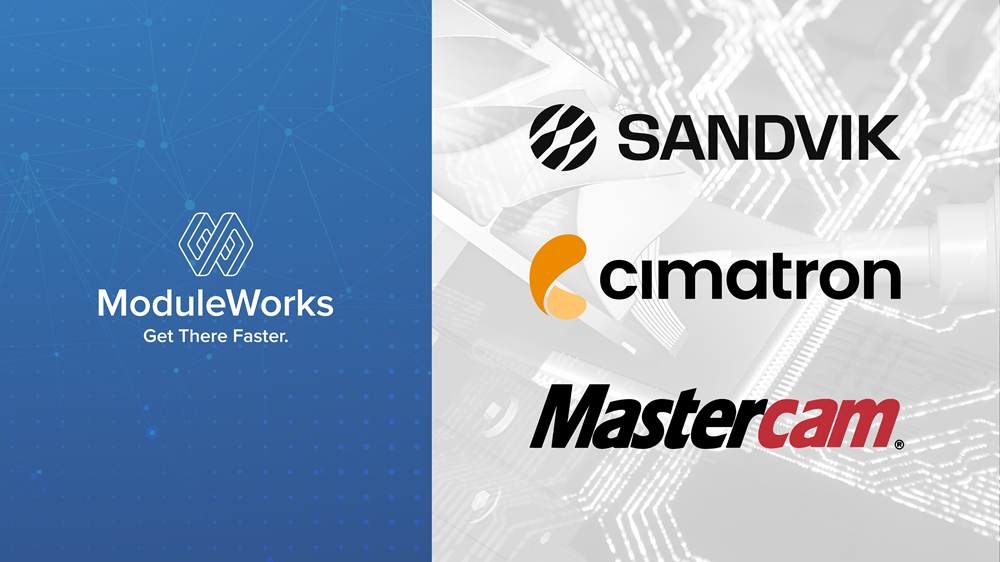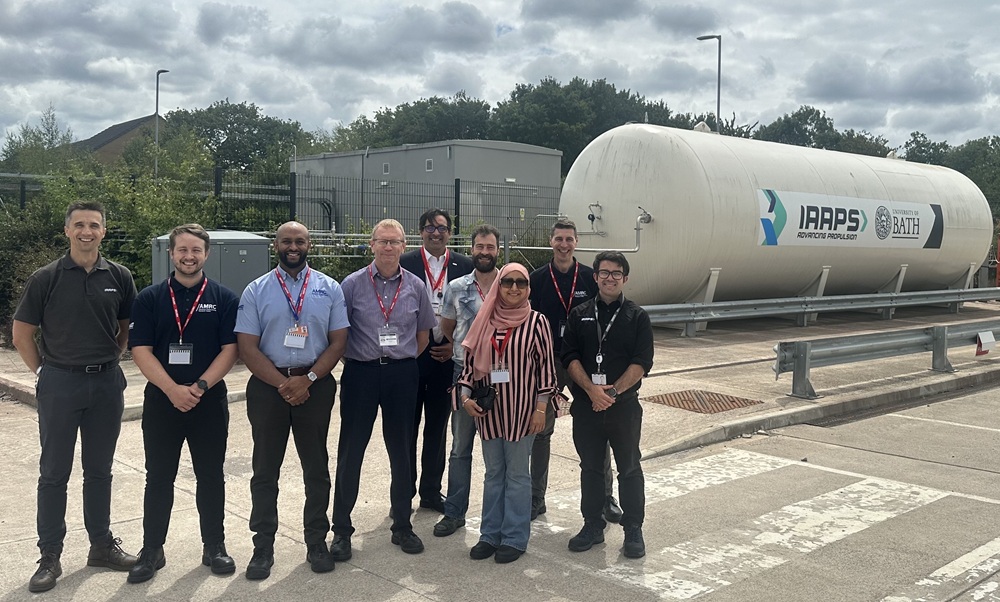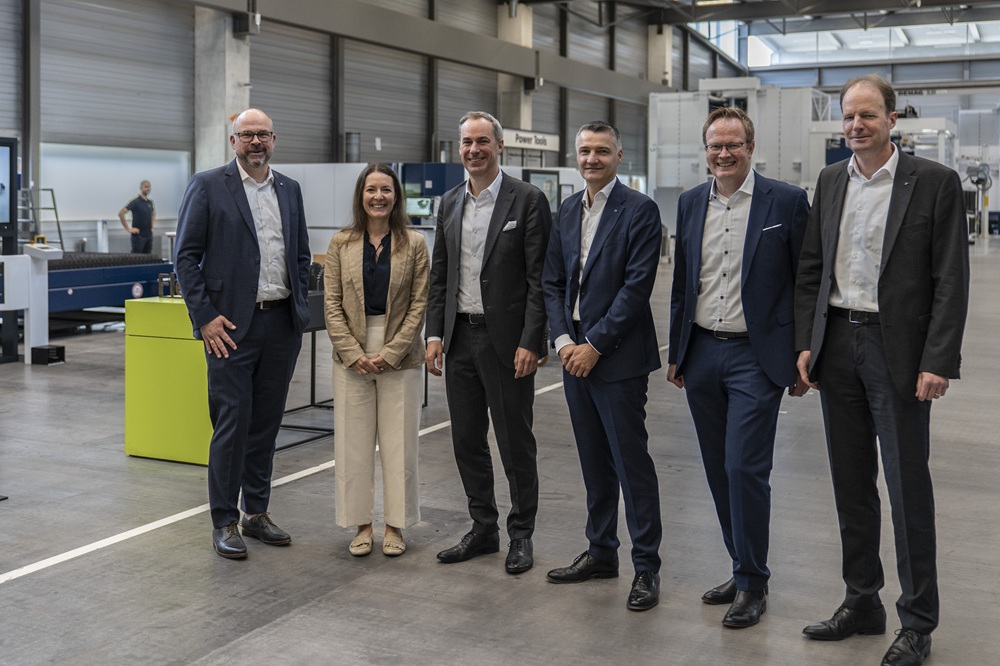ModuleWorks is announcing the upcoming market launch of its GPU Simulation technology. As part of the company’s strategic partnership with Sandvik, the CADCAM software brands Cimatron and Mastercam will be the first to make the technology available in a commercial CAM solution. ModuleWorks GPU Simulation uses GPU-accelerated processing to increase simulation speed. Benchmark tests indicate performance improvements of up to 10 times compared with CPU-based approaches. Roll-out is scheduled for the next releases of both Cimatron and Mastercam.
More information www.moduleworks.com



















